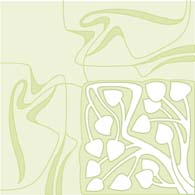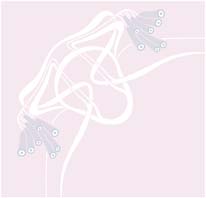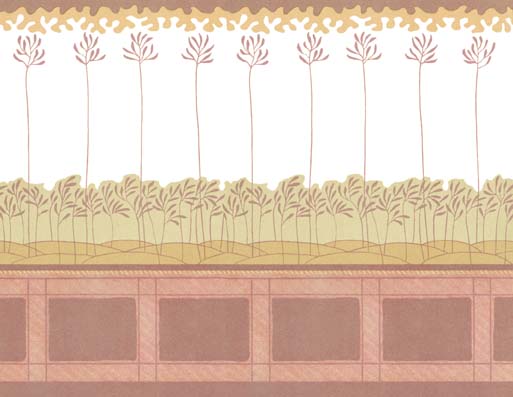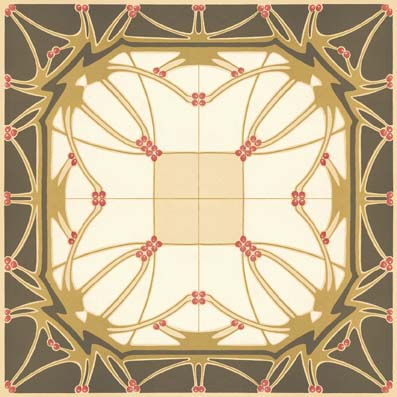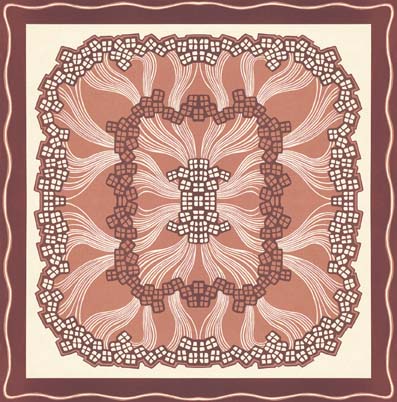freya
Forum Replies Created
-
“Čo máta v hlave návštevníčke Obnovy”.
Drahy kaviarnik! Tak konecne si sa dockal aspon cohosi… narocne na chapanie, samoreJJmee… :wink:
-
oj oj…….no no… :smt084
v anglictine sa robi presne taky isty rozdiel v klasicizme a neoklasicizme ako v slovencinepojem neoclassicism sa nepouziva na oboje slohy.
mam doma vela kniziek a clankov z pensum literatury co som potrebovala na skusky.. asi 3000stran na tuto temu ciste.V slovenčine sa používa pojem “klasicizmus” pre umelecký sloh “v 17., 18. a včasnom 19 . storočí, ktorý rozvíjal klasické umenie antiky a renesancie“, tak isto ako v nemčine. Pojem “neoklasicizmus” alebo menej často “pseudoklasizimus” sa používa na označenie opätovného oživenia tohto slohu – najmä v architektúre – na prelome 19. a 20. storočia.
V angličtine sa používa len pojem “Neoclassicism”: “Neoclassicism (sometimes rendered as Neo-Classicism or Neo-classicism) is the name given to quite distinct movements in the decorative and visual arts, literature, theatre, music, and architecture. These movements were in effect at various times between the 18th and 20th centuries.“
-
Ahoj kuki.. ty si z nas asi strielas alebo sa mylis? :-$
Okrem ulohy zachovania predmetov pre dalsie generacie je aj ich prezentacia. Tieto dve idei sa akosik tazko kombinuju :lol: . Z hladiska konzervovania by bolo idealne schovat vsetky predmety do depozitarov, kde ich nikto neznici a nechyta, najlepsie do tmy :evil5: pre ich minimalnu degradaciu.
Nehnevaj sa na mna demo ale nemyslim si ze ulohou muzea je komunikovat predmety k navstevnikovi.
-
(Some of) the important Concepts
• First THE ORIGINAL – history of art (Renaissance)
• Then THE MATERIAL – history of technology, archaeology (late 18th century)
• Then THE HISTORICAL – cultural history (19th century)
• Then PERPETUITY (the long term) – nationalism the future
• Then CONSENSUS – the first code of ETHICS, AIC
‘Standards of practice and professional relationships for conservators’ in 1963 – now, many codes of ethics exist, which are generally accompanied by
‘Codes of Practice’.• Now, all of this is under REVISION and REXAMINATION…
-
Summary: the progression in ethic thought (the Renaissance to the 19th Century)
• 16th century – Recognition of the work of a master (along with the desire to present material in the most authentic form possible). In circulation, as a concept, by at least by the 16th century.
• 18th century – Recognition of the misleading nature of forgeries and need to avoid obscuring original material with restoration. Caylus, Wincklemann,
Edwards.• 19th century – Recognition of the value inherent in the material aspect of a historical work, not just in its aesthetic aspect. Popularized with Ruskin.
• 19th century – recognition of the value of historic accretions (Boito). Popularized with Morris and SPAB.
• late 19th century – recognition of the effects of work undertaken.
-
Robert a xixi… samotna tema sa nazyva muzeologia. Mozete sem pisat hocijake postrehy, otazky rekacie na cokolvek v teme muzeologia. Nemusi to nadvazovat priamo na posledny prispevok. :wink:
Tato tema ma tiez zaujima i ked nestudujem muzeologiu ale v letnom semestri by sme mali mat vseobecnu muzeologiu ako klasak. Aspon by som sa mohol chvalit, ze poznam forum kde je aj taka problematika.
Freya neviem ale do coho by sme sa mali aj s Robertom zapojit. Je tu len tema delimitacia a ja nemam ani potuchu o com to v muzeu je. xixi -
ahoj zaujimave veci tu rozoberate…ja ako student muzeologie v Banskej Bystrici by som sa rad zapojil do vasej diskusie… :)
Super ,zapoj sa! tesime sa na nove pohlady. :P
-
Navrhujem rozdelit temu vseobecne diskusie na:
– Vseobecne diskusie
– o Obnova.skvo vseobecnych diskusieach zostane napr: fungovanie neziskovych org., vtip dna, kaviaren… a do rubriky o Obnova.sk sa budu pisat navody a pripomienky ku fungovaniu Obnova.sk co vy na to?
Uzasne!
lepsi prehlad :P
-
Napad s kalendarom sa mi velmi paci! :smt060
-
There is a tendency to equate ethics with morals and morals with some sort of universal, objective truth. It has been realized that ‘Truth’ does not exist in the absolute sense in the context of conservation – no such comforting certainty exists. (However, it has taken a long time for this idea to sink in…)
The search for truth may be seen as the first identifiable aim or ethical concept in conservation – Renaissance collectors wished for restoration to bring about the revelation of the ‘true’ nature of the antique objects they collected.
The earliest statements made against restoration of a master’s work were based around the idea that modern craftsmen could not hope to match the work of the master – their ‘corrections’ would not be ‘true’ and would obscure the appreciation of the ‘original’. The discussions about what ‘truth’ was in terms ofbuildings in the 19th century were the first major ethical debates in restoration.
The search for ‘truth’ and the development of the field of conservation runs parallel to the development of modern science. Science has often been perceived as a way of getting to the ‘truth’ of things – clearly, the temptation to apply this method of thought to conservation was too big to resist.
The idea of ‘scientific conservation’, practice where actions are taken on the basis of facts (truth) has been one of the most compelling ideas in conservation in the 20th century.
As we now know, the eye CAN be deceived. In fact, perception is learned.
So are unconscious preferences for color harmonies, lighting conditions,
horizontals vs. verticals, etc. which all interact with the innate genetic preferences for shape and form.The will to ‘truth’ is so strong that it was still mentioned in codes of ethics
as late as the 1980s – the obligation of a conservator was to reveal the ‘true
nature’ of an object.
– UKIC (United Kingdom Institute for Conservations) 1983
– NZPCG (New Zealand Paintings Conservation Group) 1988Conservation ethics enable us only to demonstrate, at best, that we have tried our best to make an informed, educated decision, within our own particular socio-historical context.
That we have TRIED to find the TRUTH of our situation:
– provide protection for ourselves
– provide protection for the objects being treated
– provide protection for the stakeholders
who have interest in the objectLecture in conservation UIO
-
Marimekko
Vrchol skandinavskeho designu v 50 rokoch predstavuje Marimekko. Tento najstarsi nordicky dom designu je znamy svojimi pestrymi farbami, odvaznymi formami, geometrickostou, a praktickymi produktami interieru a textilii.
Optimistickost doby podporila vyvoj mladych dizajnerov, ktory hladali inspiraciu v POp-kulture a OP-arte,tieto aspekty sa odzrkadluju aj v charakteristickych tapetach, kartonovych nabytkoch, plastickych stolickach a vzoroch na plagatoch.
Pikoska: Ked kralovna Alzbeta II. oslavovala svoje 50. vyrocie ako monach, zelala si fotografovananie prave pred typickym Marimekko vzorom zo 60rokov.
http://www.marimekko.comVyvoj:
50.roky:

60roky:
2000:

-
rada by som dodala nazvy secesie v ostatnych krajinach…
Vo Francii a Belgicku sa tento styl nazyval Art Nouveau (nove umenie)
v Nemecku a Skandinavii : Jugendstil
Spanielsko: Modernismo, modernisme (katalan)
Italia: Stile Liberty -
Normálne som sa musel ešte raz prihlásiť:
Freya, ten tretí obrázok je super. Hneď by som si tak vymaľoval izbu, pekne od zeme po strop.
tak ma to tesi velmi.
a co toto….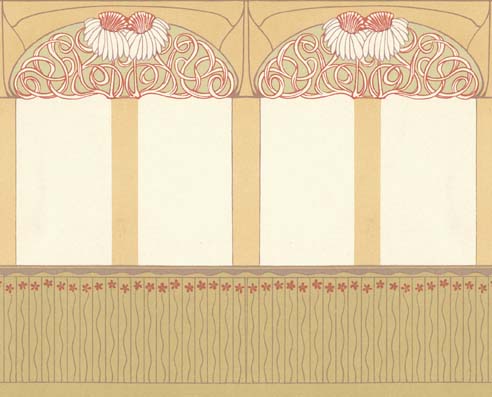
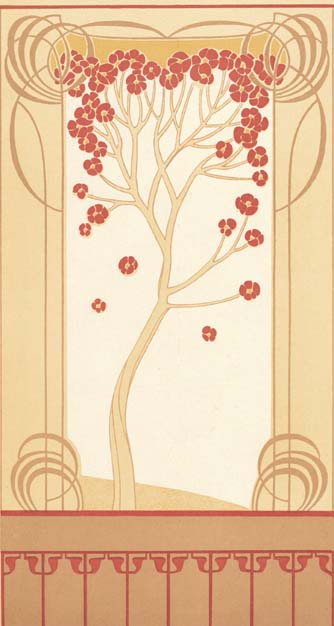
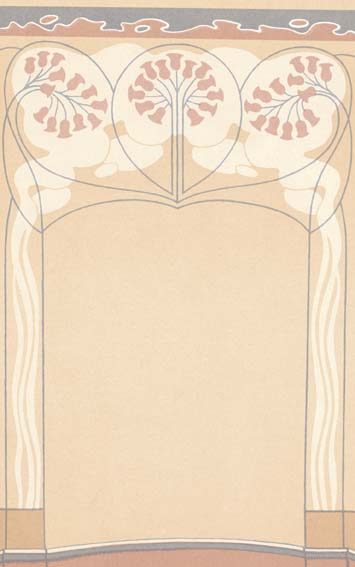
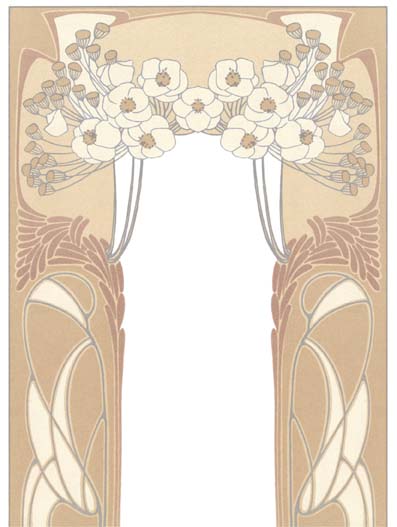
-
mas na mysli nieco taketo?
